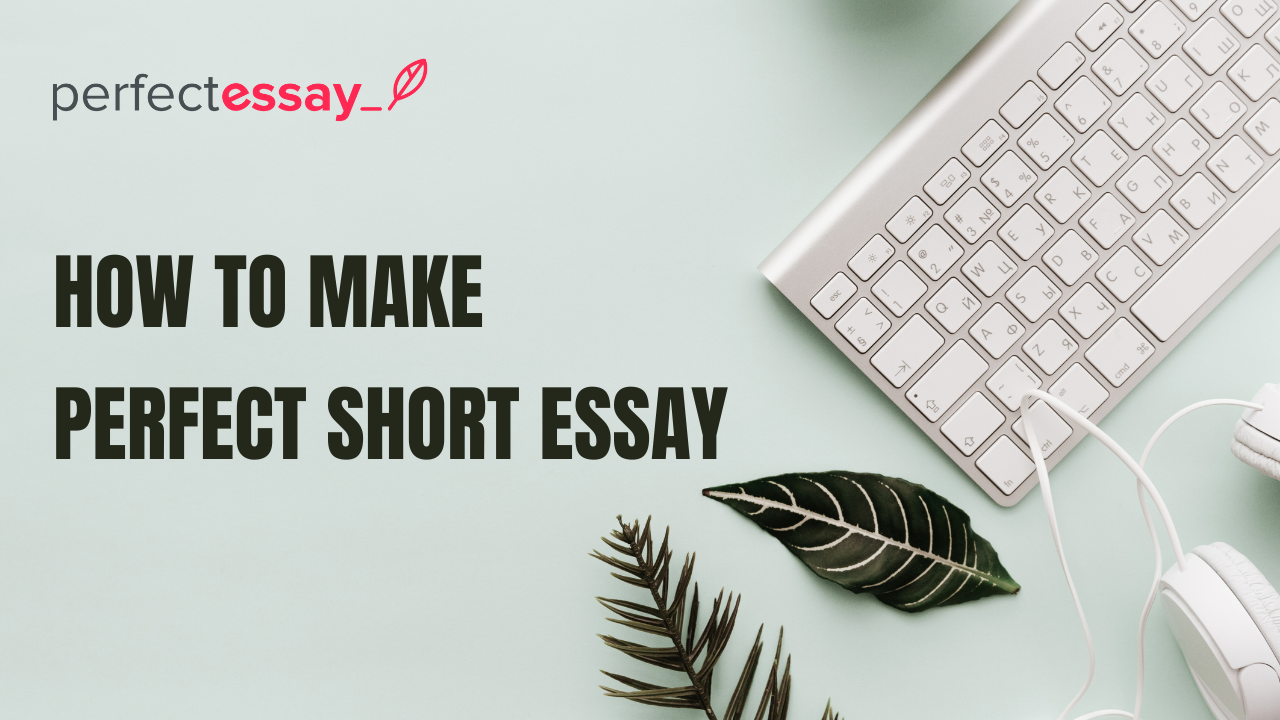Table of Contents
Essay writing has its limitations and liberties, both in form and content. In schools and colleges, teachers check the thinking and writing capabilities of students based on a variety of essays, ranging from 200 and 300 to 1500 words.
There are many types and forms of essays, depending on the subject matter and the demands of the curriculum. The most common types are narrative and reflective essays. Historical narrative essays are also written in schools but the scope is limited.
Historical Narrative Essay – A Quick View
A historical narrative essay is about a story that is based on a historical personality, place, or event. It is another way to teach students history and its related aspects. Like any other essay or discourse, it mostly deals with a fortune moment or event, its causes and effects, and its contribution to the present state of affairs.
At a higher level, historical narrative essays help both readers and writers understand the events better and draw valuable lessons from them.
Elements Of A Historical Narrative
In other types of essays, the elements are somewhat common, including conflict, characters, setting, theme, and so on.
When compared to these, the historical narrative is different and covers other areas in terms of essential fundamentals. Here are some important elements of a historical narrative essay:
- Time
- Place
- Characters
- Events
- Cultures
- Legends
In terms of objectivity, students cannot divert from the source material of history. But in explanation and narrative building, they can form hypotheses and work on them through characters, time, and places.
Benefits In Academics
There are many benefits of writing historical narratives and promoting the learning of history through them. Students can learn about the history of cultures, languages, and civilizations by researching historical narrative essays.
In addition to this, the speculative fiction market is booming thanks to writers who are well-versed in history and can weave compelling narratives around historical events.
How To Write A Compelling Historical Narrative Essay
Writing a historical narrative is very much different from composing a riveting narrative or reflective essay. In the former, writers have the liberty to build a universe of their own based on their personal experiences and incidents. On the other hand, a historical narrative is dependent on historical events and characters playing out.
That’s why the process and prerequisites of writing a historical narrative are often harder because of a truth constraint.
So, in this section, we are going to share a precise guide on how to write a historical narrative essay for maximum readers’ and critical approval.
Conducting Thorough Research
Research is always the key to essay writing but in this case, it is the real essence. Anything from defining the characters to developing a storyline and plot comes from real historical sources. That’s the reason it is disastrous for students to set out and write a historical essay on sheer determination and intuition. On the brighter side, researching and finding reliable sources has become easier because of the internet. On a given day, students can sift through millions of books to find the most relevant material.
Defining The Chronological Boundaries
According to one of the elements of historical narrative, the time constraints should be well-defined and concrete. For instance, American History is vast and diverse, and simply pulling a period will not be enough. Students need to define the period based on their story and characters. Otherwise, the narrative will fall flat because it would not support other elements and contradict the sources. For that matter, defining the chronological boundaries early on can save writers a lot of time and effort.
Choosing A “Reliable” Narrator
A narrator is the teller of the story. In terms of a historical narrative, a narrator could be a primary or secondary character whose perspective is used to tell the story. For example, in a historical narrative essay on American Civil War, the narrator can be a federal soldier who served at the front. Fiction is filled with narrators that were unreliable for literary reasons, to add to the scope and suspense of the book. But in these essays, the narrator should not only be reliable but also unbiased and rational because the premise is based on true historical factors.
Outlining The Plot – From Start To Finish
Students with limited knowledge in writing historical narrative essays cannot wing the part of planning the plot. In fiction, many writers hate the outlining process and often go according to the stories built in their subconscious or intuition. However, a historical narrative is dependent on the objectivity of history so the plot and subplots should be outlined and defined from the very start. The best way to do that is to use the snowflake method where the earlier drafts should have only one or two sentences for a paragraph.
Writing The First Draft
No matter how much planning and revision went into your historical narrative before you started writing, the writing phase will have its ups and downs. The best way to keep yourself from going off-track is by sticking to the brass tacks when in doubt. Everything else can be amended. Initial drafts are often filled with errors and inconsistencies of many kinds, from grammatical and spelling to contextual. So, there is no need to beat yourself up because it can be improved in later drafts.
Revising And Proofreading
Revising and proofreading is other common thread that binds all writing forms. Without this phase, you are sure to get the poorest marks in the class because errors and inconsistencies are always in the first iterations. You can either rely on repetitions to find every detectable flaw in your copy or you can augment your human intelligence with smart applications such as Grammarly and Hemingway Editor to improve your narrative. The rationale behind going through multiple rounds is to find and rectify both apparent and deeper errors in the essay.
Practical Tips To Ace A Historical Narrative
Students can find a lot of tips and “hacks” for writing a solid historical narrative in record time. The problem with these tips is that they are not practical or limited in their application.
In this section, we are sharing some of the best and most practical tips to instill life in your historical narrative and make the figures come out alive.
Developing Relatable Characters
In history books, the historical characters are extremely limited and fail to become “humans”. They are either evil incarnate or the very definition of humility and self-sacrifice. In reality, people are different.
The best and most relatable characters are the ones who grow through trials and tribulations. The concept of the hero is not lost in the historical narrative but on the contrary.
Writers can show the progress of the protagonist by drawing lessons from his qualities and drawbacks. Often, internal dilemmas do the trick in helping people understand the characters.
Meaningful Dialogues
Another thing that is missing in much of history is written dialogues. There are instances in Roman and Greek history and then in later periods but the overall practice of chronicling and learning history is not too friendly with dialogues.
In a historical narrative, writers can make the characters more believable and relatable by letting them talk in ways that are believable according to their stature and culture.
Again, students may have to research harder and dig a little deeper to make the dialogues but it will be worth it in the end.
Detailed Setting With Vivid Imagery
In terms of movies, comics and fantasies are gaining a lot of momentum because they offer rich imagery and provide an immersive experience. The same is true for novels and sagas written on historical subjects.
In historical narratives, writers can put the elements of detailed settings and places that can invoke images in the minds of the readers. The best type of writing is making the readers see and feel. This effort cannot pay better in any other setting than this one.
Again, it will take extra time and effort but worth it nonetheless.
Well-Grounded Theme Throughout The Narrative
Students cannot escape a theme, whether they are writing a narrative essay or a historical narrative. It is about providing a common thread to the readers that they can feel and sense throughout the text.
For instance, if the theme for a write-up is a tragedy, then the introduction and the body should all have traces of it no matter the actual subject.
Writers infuse this element in the length of the whole write-up through literary devices, such as similes, metaphors, etc.
F.A.Q
How do you start a historical narrative essay?
A historical narrative is often about a well-known event, person, or place in history. In many cases, students do not have much room to start with a bang. Still, if they are determined to create an impact, they can start the narrative with a bold statement, or something oxymoronic. This will hook the readers and students can get maximum marks from their teachers.
What is an example of a historical narrative essay?
Anything that has the historical context as the background of a story with a well-defined time and place is a historical narrative. The primary examples of historical narratives can be knowledge of history through first-hand observation and record. This includes diaries, journals, autobiographies, and speeches. Letters by famous people are also counted as part of the canon.
What are the technical restraints in a historical narrative?
What distinguishes a historical narrative from other essay writing forms and fiction is its reliance on true historical knowledge. Whatever writers do, they cannot divert from the source material if they want to write historical narrative essays.
What can be included in a historical narrative?
Even in the historical narrative types, there is much diversity in terms of works and iterations. For instance, the primary sources of historical narrative are diaries, letters, journals, speeches, etc, because they are often written by people who experience events without any dependents.
Historical narrative essays are also great examples but they must be written with extreme care and research. Otherwise, they can fall into alternative history or speculative writing.
How do you open a historical narrative essay?
The best way to start a historical narrative essay is by introducing the setting and the significance of the events that are going to be covered in the essay. This produces a sense of investment and urgency in readers as they get hooked.
Following are some of the elements that can help writers better design their opening:
- A change or a conflict
- The significant time in the character development
- A cliffhanger
Is a speculative historical narrative different from a historical narrative essay?
The speculative historical narrative is about using counterfactual elements from history to speculate what the present and future would have been. It is an exercise that is getting a lot of traction in the movie-making business because of the intellectual liberties it offers.
On the other hand, a historical narrative is a story or an essay based on true historical records and events.
Premium Features For Free




